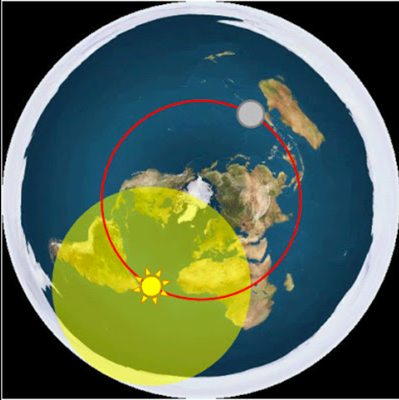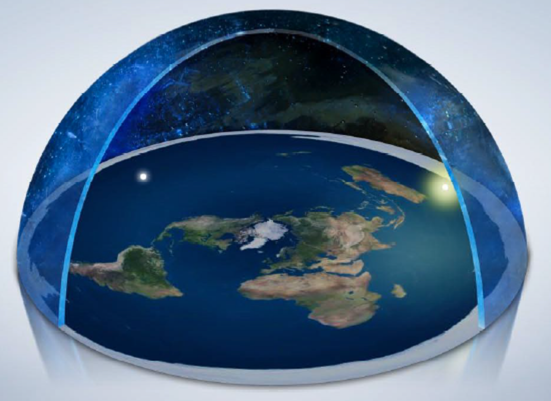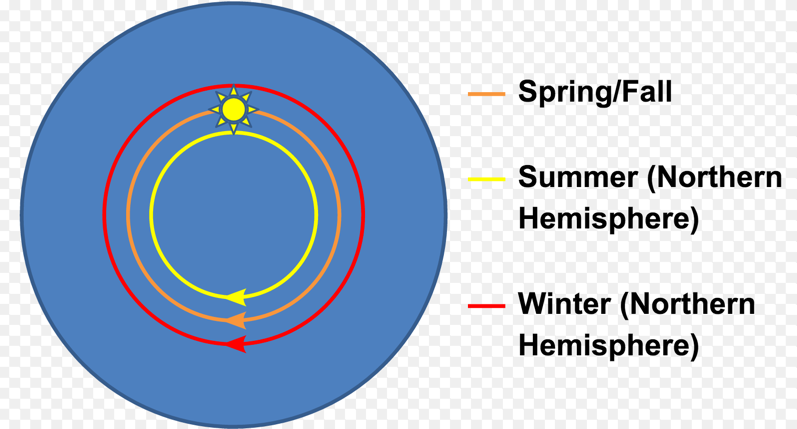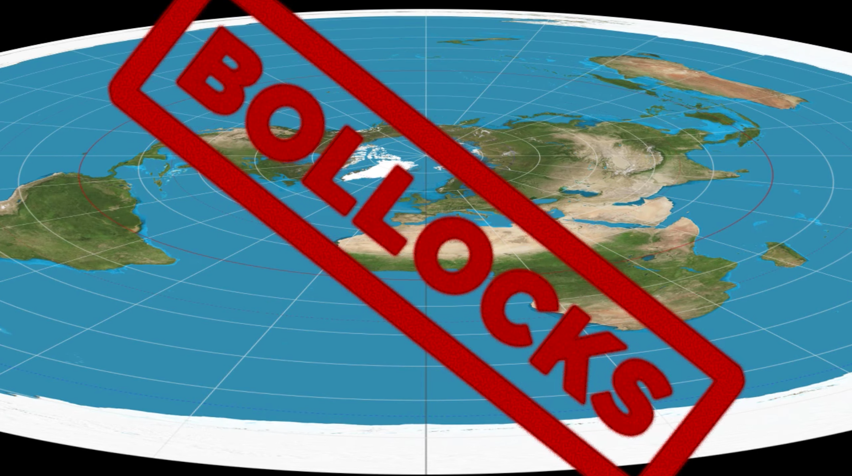Zero11s - Space Fan Debunks NASA and MythBusters_Research Flat Earth Rocket in Vacuum
Dear Zero11s,
Fact check = You FAIL
This is a clear case of bad science, where someone unfamiliar with the topic performs a flawed experiment, then publishes the results, which is then quickly pounced upon by those people desperately looking for anything to prove their viewpoint.
Simply put, solid rocket fuel, if prepared and ignited correctly, will burn in a vacuum.
The error that Cody's lab made is attributed to two factors:
1) the solid fuel ignition source was not of a high enough temperature to start combustion.
The electrical igniter used in launching model rocket engines must develop enough heat to cause the temperature of the propellant to reach about 288° C or 550° F.* This is the ignition temperature of the propellant used in model rocket engines.
http://www2.estesrockets.com/pdf/2811_Estes_Model_Rocket_Launch_Systems.pdf
An electrical ignition system was not used in the experiment. The ignition system used DID NOT have a high enough temperature to start spontaneous ignition of the solid fuel in a vacuum.
2) The shape of the rocket candy piling used in the experiment (flat end) made the ignition burning of the material more difficult.
In many model rocket engines, the ignition back-end is shaped like a cone. Although the initial thrust produced by that motor is less than when flat, ignition is easier. That’s why the motors are constructed that way.
The Space Shuttle solid rocket boosters have a hollow internal core (solid fuel missing) running all the way through the center, from the tail to the top of the booster. The ignition system for these rockets is internal and located not at the bottom of the rocket (as in Estes engines) but at the top.
These two factors, errors by Cody's lab, lead directly to the failure of the solid fuel to ignite during his demonstration.
Summary: - It's very unfortunate that people jump onto the bad science bandwagon. Amateurs, although sometimes well intentioned, should seek professional science/physics advice.
Bad science and its publication does a big disservice to humanity.
Some background...
Cody's Lab:
https://www.youtube.com/watch?v=8Cx9m... (Original video no longer exists)
https://www.youtube.com/watch?v=76JM0... (Original video no longer exists)
Model Rocket candy propellant consists of:
Potassium Nitrate (black powder/gun powder).....72%
Zinc-Sulfur (propellant)...........................................4%
Sugar....................................................................24%
Sugar is an excellent source of carbon which is readily oxidized in the presence of nitrate. ... A mixture of sugar and potassium nitrate is a good rocket fuel as it represents the reaction of solids (nitrate and sugar) to form gases (carbon dioxide and water). The expansion creates thrust that is used to power the rocket!
A solid fuel rocket has its fuel and oxidant mixed together as fine powders and then pressed in to a solid 'cake'. Once it has been lit it will carry on burning until it is used up.
Once the solid fuel is ignited, the resulting thrust cannot be regulated or turned off. This fuel system is simpler, safer and cheaper, but less efficient, than that of a liquid fuel rocket.
Since the oxidizer is mixed into the propellant, solid rockets can generate thrust in a vacuum where there is no other source of oxygen.
- - - - - - - - - -
NASA solid rocket propellant consists of:
Atomized aluminum powder (fuel)......................16.0%
Ammonium perchlorate (oxidizer).......................69.8%
Iron oxide powder (catalyst )...............................0.2%
Polybutadiene acrylic acid acrylonite (binder)...12.0%
Epoxy curing agent.............................................2.0%
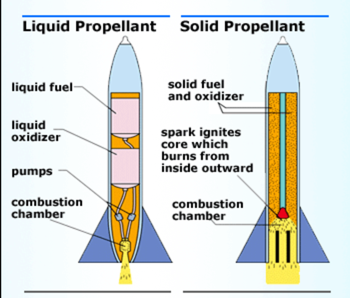
The Space Shuttle solid rocket boosters carry the vehicle to an altitude of 28-miles.
Because an oxidizing agent is present, solid fuel rockets can burn in the vacuum of space
The fast moving exhaust gasses coming out of the back force the vehicle forwards. Rockets use Newton's third law as well. In fact, they also use compressed air and fuel in combustion. However in space there is no air, so rockets carry tanks of oxygen (or some other oxidizer) along with tanks of fuel.
Discussion at - https://www.youtube.com/channel/UC7ipUKERU0tzYFxALJBli4A/discussion
Video at..
https://www.youtube.com/watch?v=CVg4ddLE0kw
kind regards, JonahTheScientist



